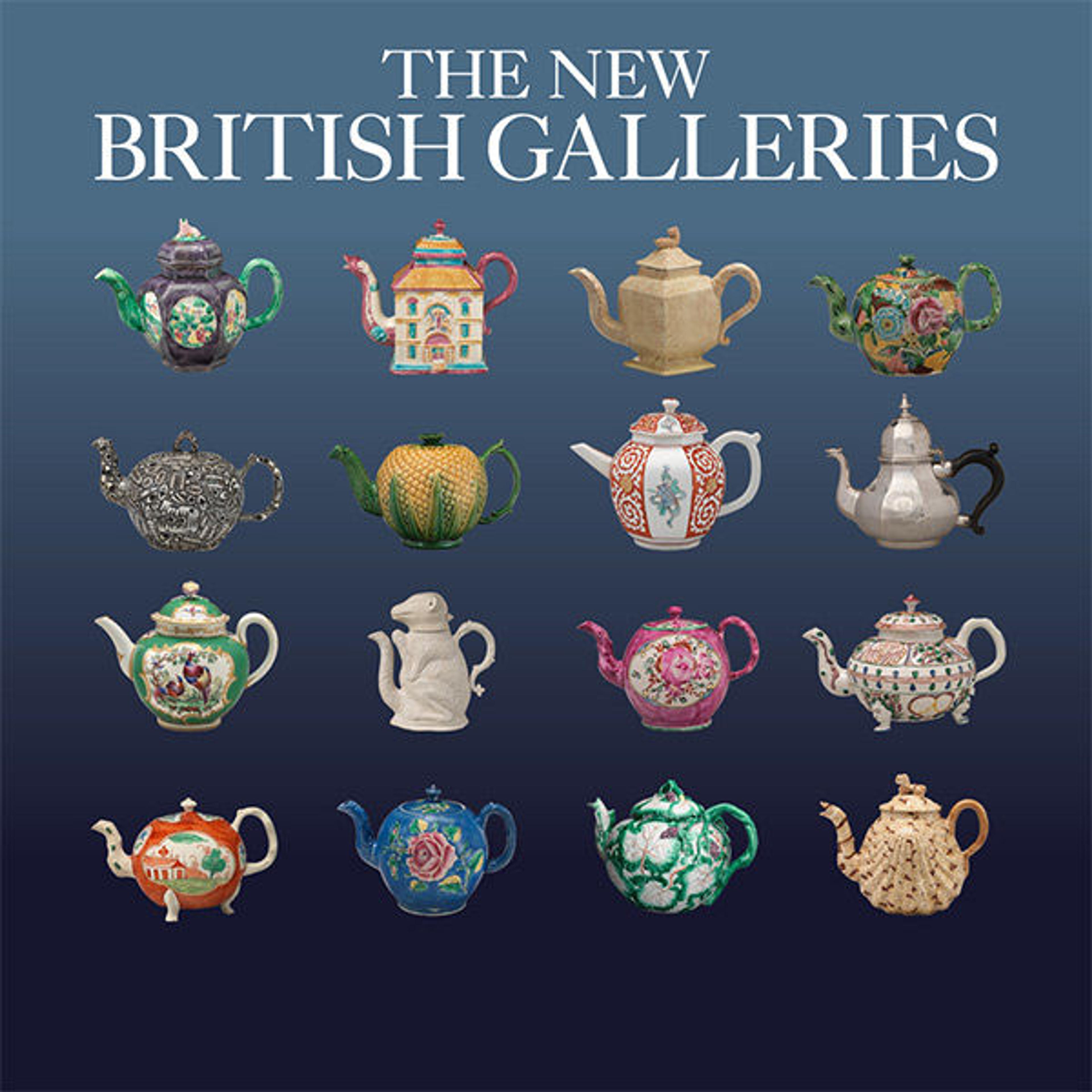Audio Guide

The British Galleries
400. Introduction to The British Galleries
Gallery 509
NARRATOR: What do teapots have to do with colonial expansion? Or weaving a tapestry, with politics and religion? Welcome to an audio tour of The Met's collection of British decorative arts, which spans four centuries. Some of the objects you’re about to see were used by ordinary people in their everyday lives. Others graced the homes of kings and queens who changed the course of history. Though they sit quietly behind glass today, these decorative objects detail a revolution–sometimes bloody–in entrepreneurship, technological achievement, and consumerism itself.
You’ll hear the contemporary voices of a curator, conservator, and craftspeople. You'll also hear some from the past; dramatized first-hand accounts from historical figures who actually made or used these objects, and bore witness to the growth of an empire. Remember: design is never just about what we see–it’s also about people, politics, and power.
Welcome.
- 400. Introduction to The British Galleries
- 401. The Sixteenth Century
- 402. The Destruction of the Children of Niobe from a set of "The Horses"
- 403. The Staircase from Cassiobury Park
- 404. Ceramics and Craftsmanship
- 405. Embroidery and Craftsmanship
- 406. Trade and Empire
- 407. Teapots
- 408. Dining Room from Kirtlington Park
- 409. The Age of Enlightenment
- 410. Tapestry Room from Croome Court
- 411. The Gentleman and Cabinet-Maker's Director
- 412. The Hanoverians and the Return of Royal Patronage
- 413. Retail Value: High and Low
- 414. Dining Room from Lansdowne House
- 415. The Regency Platform
- 416. Empire-Building in India
- 417. The Great Exhibition
- 418. Christopher Dresser and the Birth of Industrial Design
- 419. The Arts and Crafts Movement
- 420. The Bust of Mary Shelley and the Martin Brothers Bird Jar